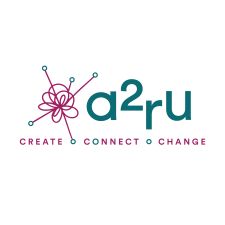Keywords
AI art; Religion; Stable Diffusion; Midjourney; Dall.E; Deforum; Acheiropoieta; Redaction Criticism; religious studies; AI ethics
Abstract
Although popular media attention has suggested that recent advancements in AI image-making tools have threatened creative labor, this nascent medium is capable of research opportunities involving diverse academic fields which may not be readily apparent. Using a collaboration between an artist and scholar of religious studies as a case study, the ongoing “Noo Icons” media arts project, comprising images, video, animation, and installation, explores how AI image-making tools are well suited to reframe the visual history of the religious transcendent. Building on the scholarship of Hito Steyerl and Eryk Salvaggio, AI art’s usage as a diagnostic tool for deciphering internet biases is compared to the scholar of religious studies' theoretical method of redaction criticism. This article explores ways in which the training set data of Stable Diffusion can be refined to produce more accurate composite images, as well as the power for AI image-making tools to be used as visual aids in the creation of “imagined realities:” images for which we have credible eyewitness testimony, but which we do not have photographic evidence for. The ethics of AI image-making is primary to the methodology advanced in this interdisciplinary mode.
Creative Commons License

This work is licensed under a Creative Commons Attribution 4.0 International License.
Rights
IN COPYRIGHT. For more information about this rights statement, please visit http://rightsstatements.org/vocab/InC/1.0/
Recommended Citation
Burchick, Mark and Pasulka, Diana
(2023)
"Choreographing Shadows: Interdisciplinary Collaboration to Orchestrate Ethical AI Image-Making,"
Tradition Innovations in Arts, Design, and Media Higher Education: Vol. 1:
Iss.
1, Article 2.
DOI: https://doi.org/10.9741/2996-4873.1003
Available at:
https://digitalscholarship.unlv.edu/tradition_innovations/vol1/iss1/2



